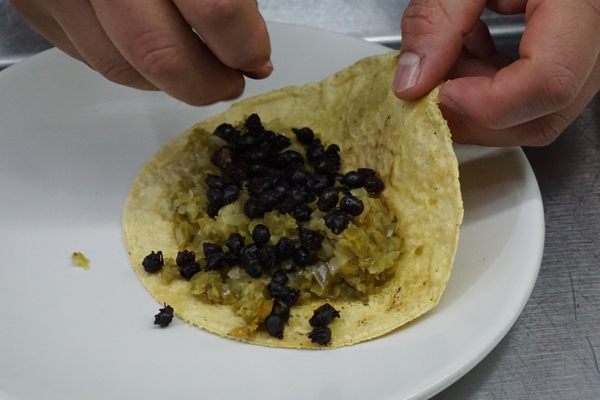Sweets
Polkagris
A small town is home to a beloved candy invented by one of Sweden's first female entrepreneurs.
Before she became the inventor of the Swedish sweet polkagris, poor Amalia Eriksson suffered a host of misfortunes. Orphaned at 10 by a cholera epidemic that killed her family, she went to work for a wealthy family to support herself. As an adult, things looked a little brighter; she moved to the tiny village of Gränna, married a tailor, and gave birth to a daughter. But disaster soon struck again: Her husband died only a year after the wedding. Struggling to make ends meet, she supported herself with small jobs.
Legend has it, when her daughter fell ill, Eriksson whipped up a medicine made of peppermint oil, vinegar, and sugar. Though it probably didn’t have much of a medicinal kick, it certainly was tasty. Regardless, in 1859 she received a permit to open a bakery and sell pastries and her peppermints, making her one of Sweden’s first female entrepreneurs.
At the same time, the recently introduced polka dance was quite popular, and the soft, red-and-white-striped candy picked up the name. The candy was soon known as polkagris, since gris (“pig”) was a local slang word for candy.
Like the dance, the candy became popular in the town. Eriksson became wealthy, and kept her recipe a secret until her death in 1925. Nevertheless, polkagris has since debuted in a rainbow of different colors and flavors. Gränna is bursting with pride for its hometown heroine, even lauding her with a statue. Stores line the streets filled with her beloved candy. While the treat has popped up in general confectionaries across Sweden, it took almost 100 years before a store devoted to polkagris opened outside its home village. That new store is located in Stockholm’s Old Town.
Where to Try It
-
Polkapojkarna Website
Brahegatan 59, Gränna, SwedenqEverything, from the decor to the delicacies to the staff's clothing, is based on 19th-century methods and styles at this old-fashioned shop. You can watch polkagris being made and buy plenty of varieties.
-
If you can't make it to Granna, this Stockholm store features live demonstrations of how the stuff is made.
Written By
 CoolCrab
CoolCrab













